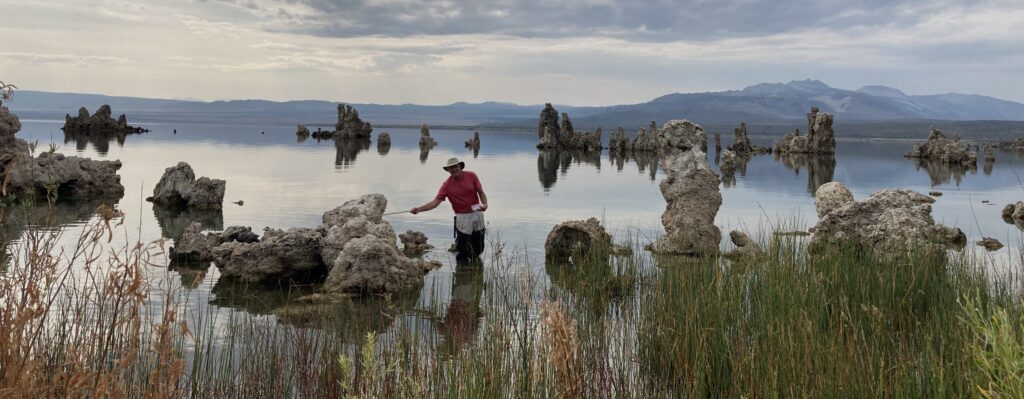
The year is 1976 and a graduate student is crouching by Mono Lake, a saline lake in the eastern Sierra Nevada mountain range. He is curious about this salt lake ecosystem that has water three times saltier than the ocean. What specialized animals can dwell in these extreme waters? How do the plants and algae respond to high salt levels? By performing many experiments, he comes to understand the complexities of this ecosystem. He learns that a unique fly that inhabits the lake, one that once nourished the Kootzaduka (Kutzadika) people, now requires saving. This is the story of Dave Herbst and how he came to love the alkali fly.
Dave Herbst is a fountain of knowledge. He has spent his career careening throughout the Sierra Nevada, Oregon, and Nevada, studying a broad variety of aquatic ecosystems, from salt lakes to freshwater streams. He gained skill and interest in benthic macroinvertebrates (BMI) and dedicated much of his professional career to studying how stream dynamics and human disturbance affect BMI in the Sierra Nevada, publishing many scientific papers along the way.
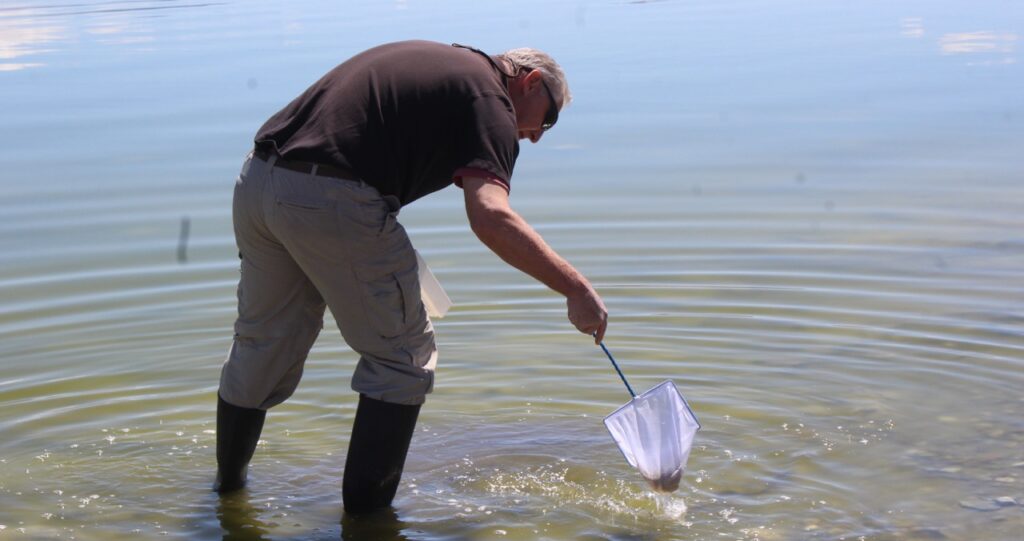
Salt lakes in the eastern Sierras and Great Basin are a key part of Dave’s research. He started his research career at Mono Lake, a lake named for the abundance of flies that surround it in the warmer months. ‘Mono’ is the Yokut word for ‘fly’, so Mono lake literally translates to ‘lake of the fly’. The inhabiting flies are the alkali flies Ephydra hians and the pupa fed the local Kootzaduka (Kutzedika) tribes, as well as a suite of migrating birds.
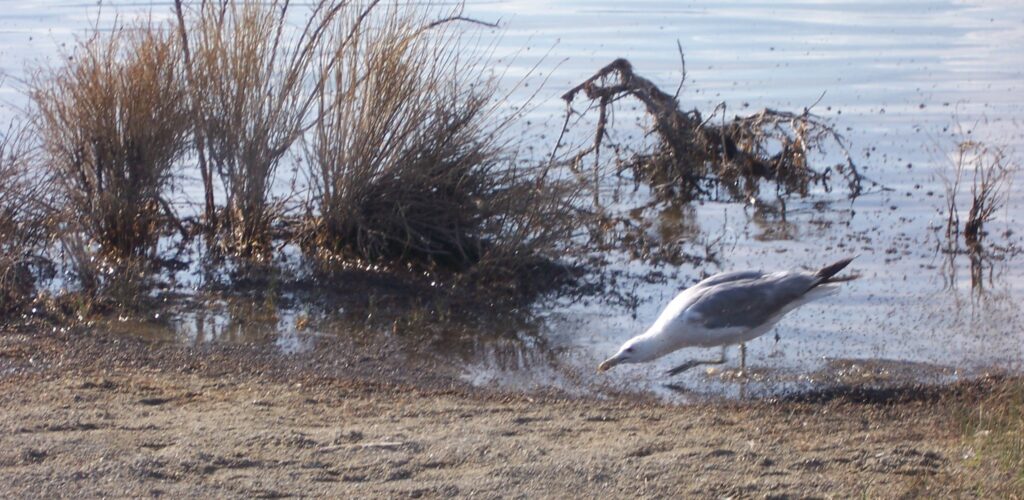
Due to Los Angeles’s urban water needs and subsequent mismanagement of the lake and its tributary streams, the water levels in Mono Lake decreased over the years and thus salinity increased. Dave and researchers set out to understand how these changes would impact the alkali fly. They raised the flies from eggs to adulthood and studied how they can live and cope with extreme salinities, but also found the limits of their adaptations and helped define what is needed to conserve their populations and habitats. They found that the alkali fly can tolerate a wide range of salinities, but increased salinity decreases the size of the flies, and they have fewer fat reserves and lower success reproducing. Overall, if lake salinity levels continue to increase, the flies would not be able to survive as they would reach their limits.
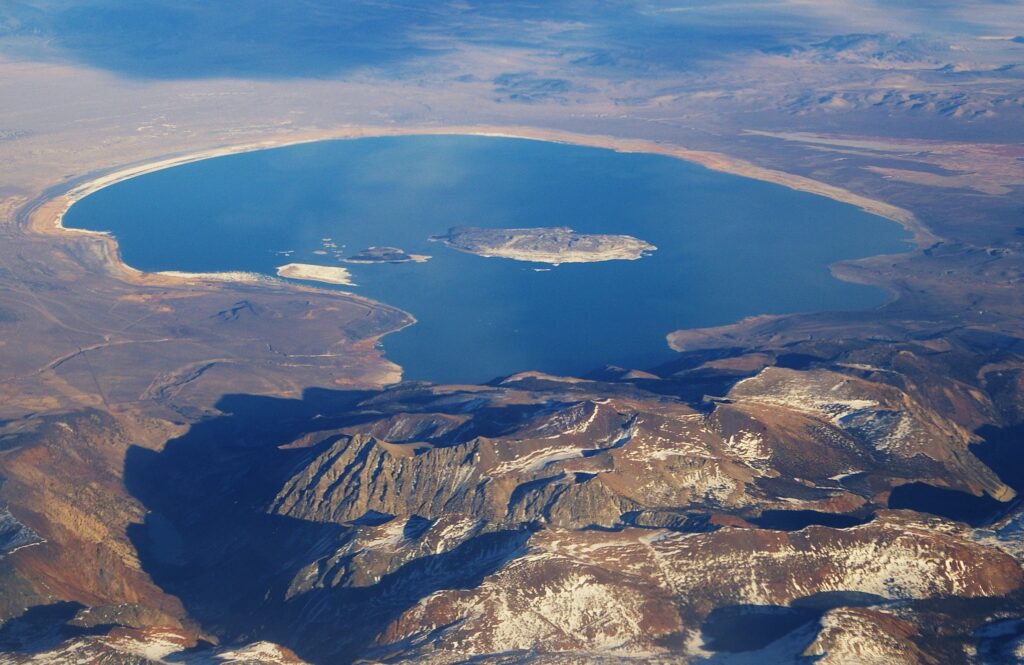
Thanks to his research and other conservation and scientific efforts, Mono Lake has legal standing to return stream flows and reach a higher lake level and lower salinity whilst still meeting some of Los Angeles’s water needs. Although conservation efforts and laws are in place to protect Mono Lake’s unique ecosystem, it is not yet to where it needs to be. However, without the scientific efforts of Dave and other researchers, the lake would be in a much worse position than it is today. Dave has said that the alkali fly is his favorite BMI. He says “[alkali flies] are my favorites because I’ve studied them for so long (almost a half-century now) … combining knowledge of physiology and ecology has been fascinating and rewarding.” He continues to express his love for BMI through sitting on the board of Sierra Streams Institute (SSI), guiding our research in the Yuba Watershed and beyond including DNA barcoding the BMI we collect, and regularly volunteering with field work and in our BMI laboratory. He helps staff and volunteers alike to identify the BMI that we find in our study streams on Deer Creek and the Bear River. He says that he enjoys “splashing around in the mountain streams of the Sierra or peering through microscopes at amazing forms of life!”
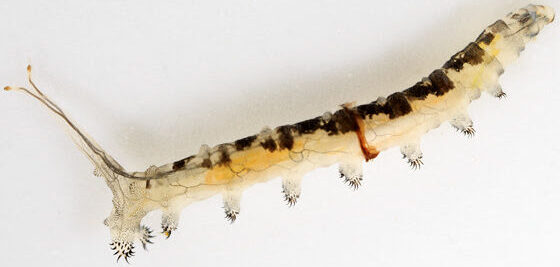
It is the present day, and a female alkali fly enters the salty lake water, enclosing a shimmering bubble of air around her body so that she can breathe underwater. She dives in and amongst the crusty pebbles and bulging salt deposits, feeding on the salt-tolerant algae that grows in the shallows. Soon it will be time to mate and lay her eggs. The water feels like it is a bit too salty for optimal growth, but she knows that her offspring will continue and endure. Some will grow up and breed, but many will be snatched up by the hungry flocks of migrating birds. She continues on her way, feeding and diving, unaware of the past efforts of the many folks who banded together to try and save her special ecosystem.
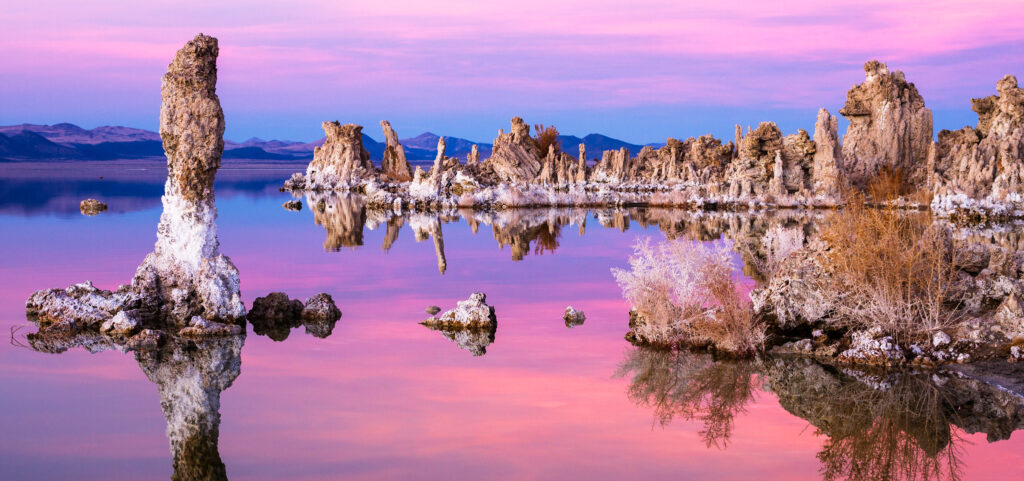
Visit The Herbst Lab to find out more about Dave Herbst, his work with Mono Lake and the alkali fly, and other research.
Visit SSI’s BMI Lab to learn more about what we do in house, including our ongoing monitoring of the Yuba and Bear River watersheds.

